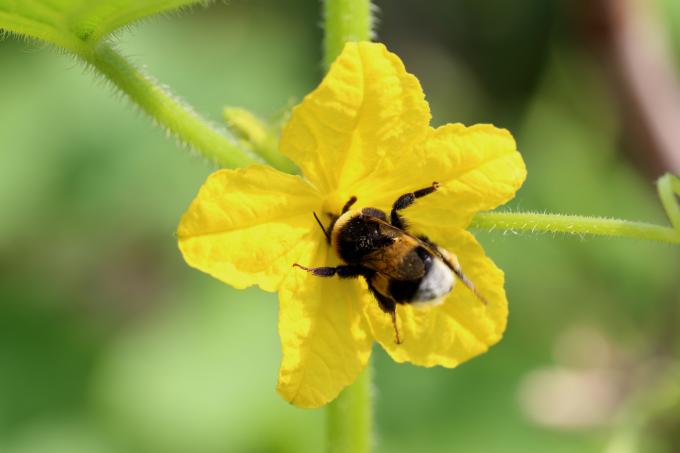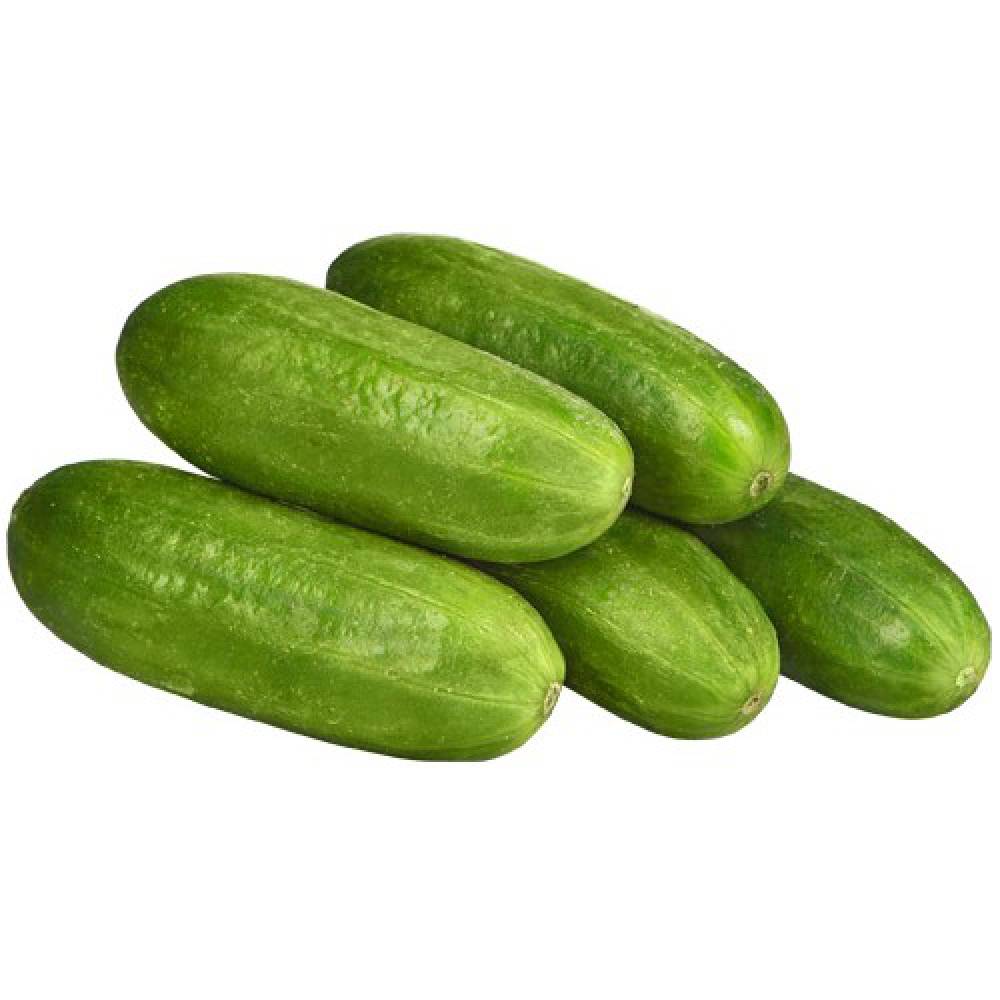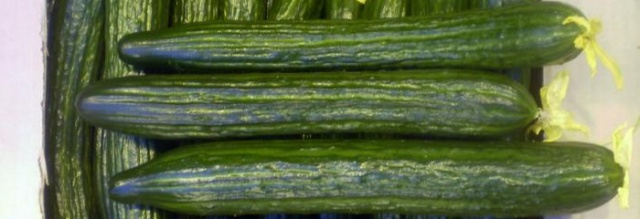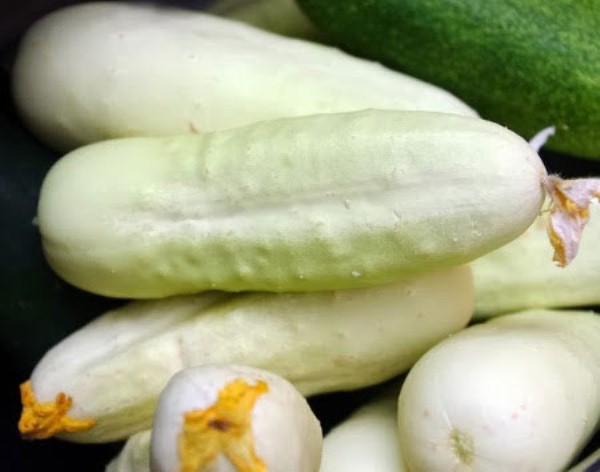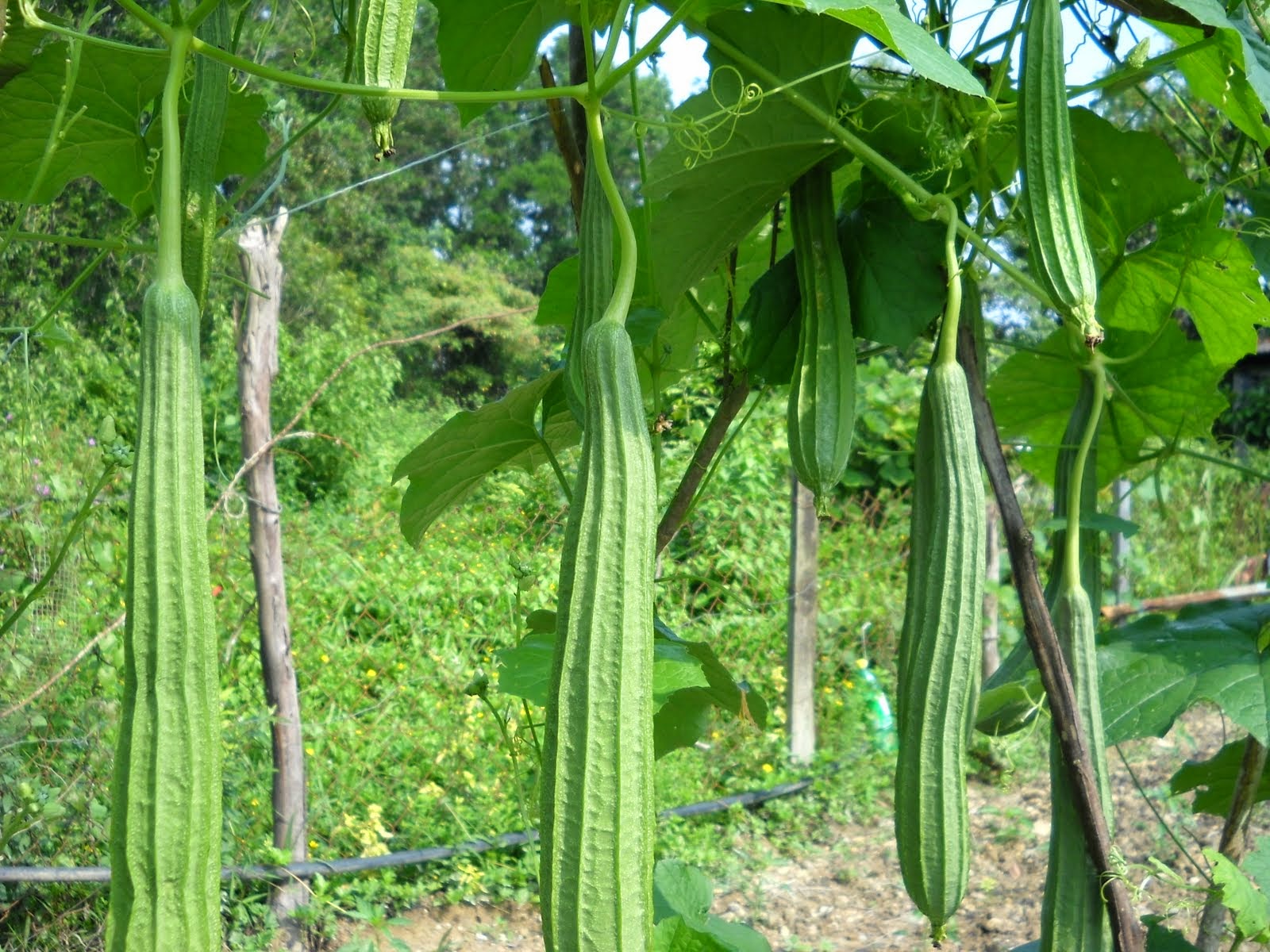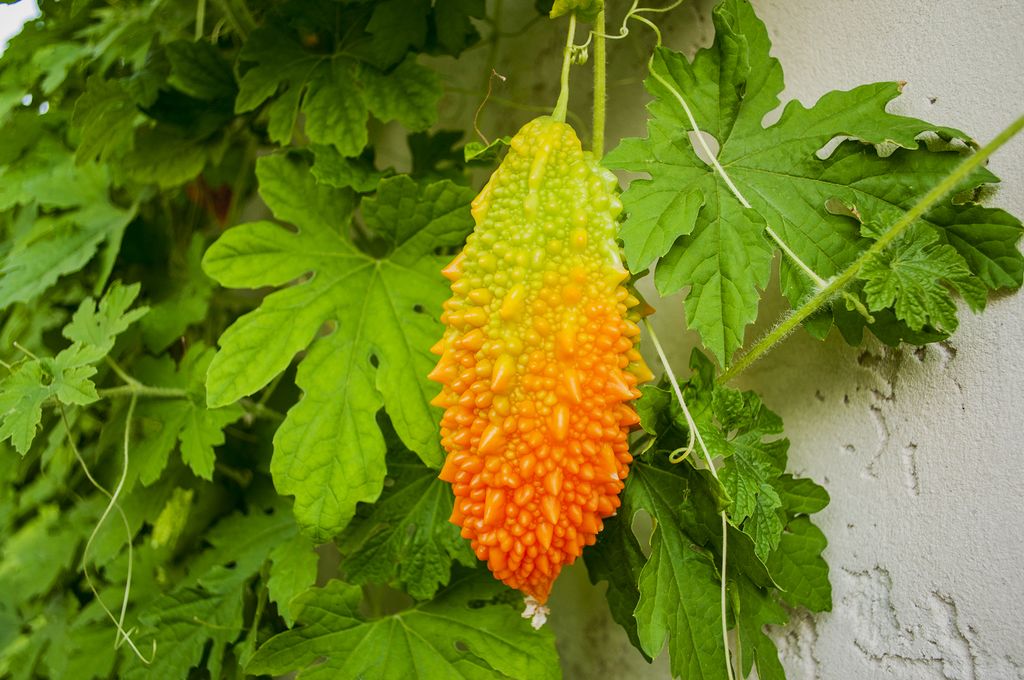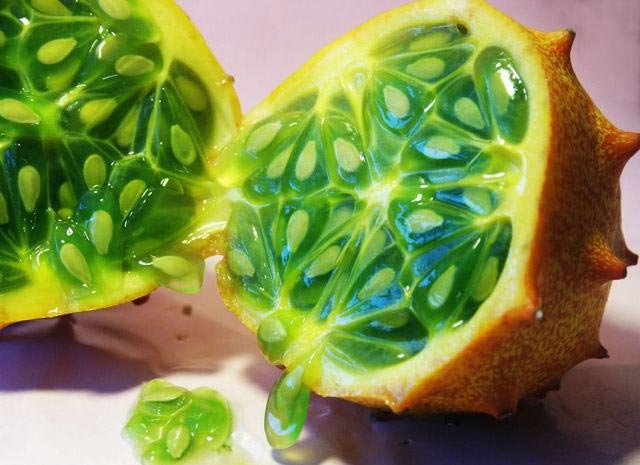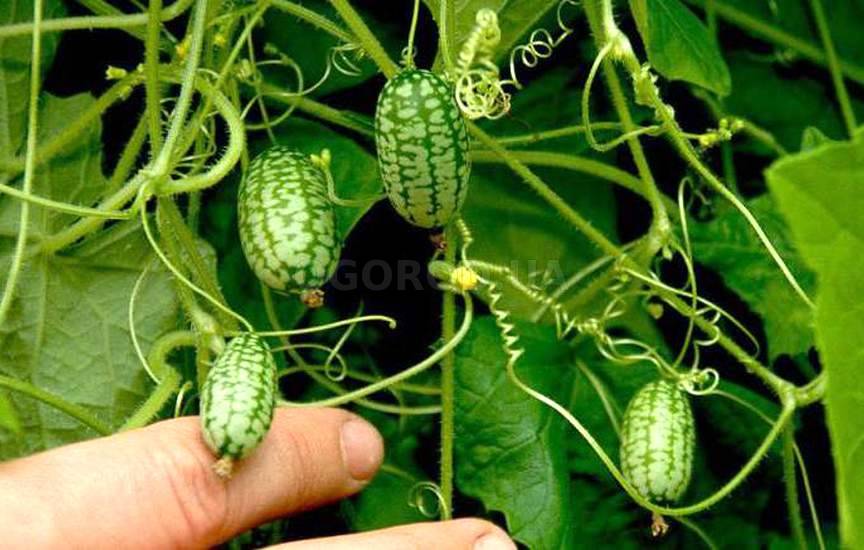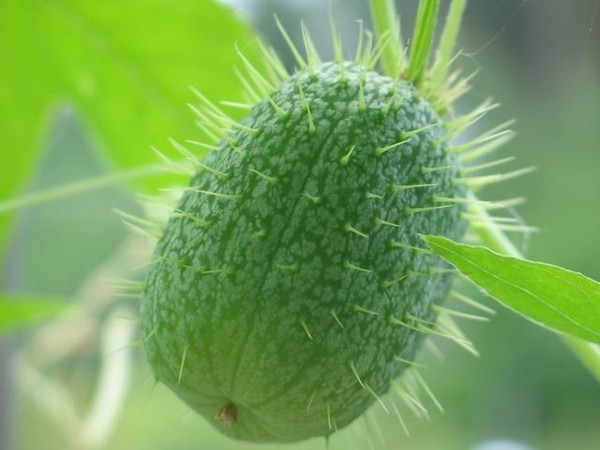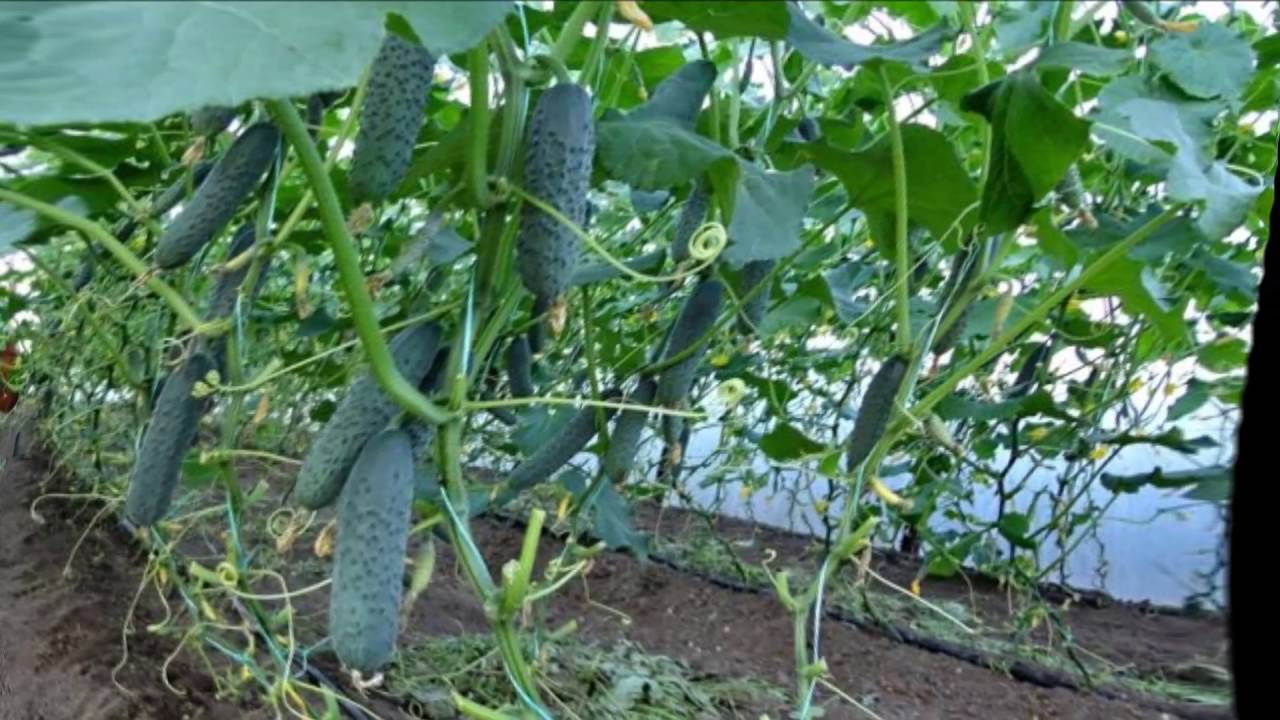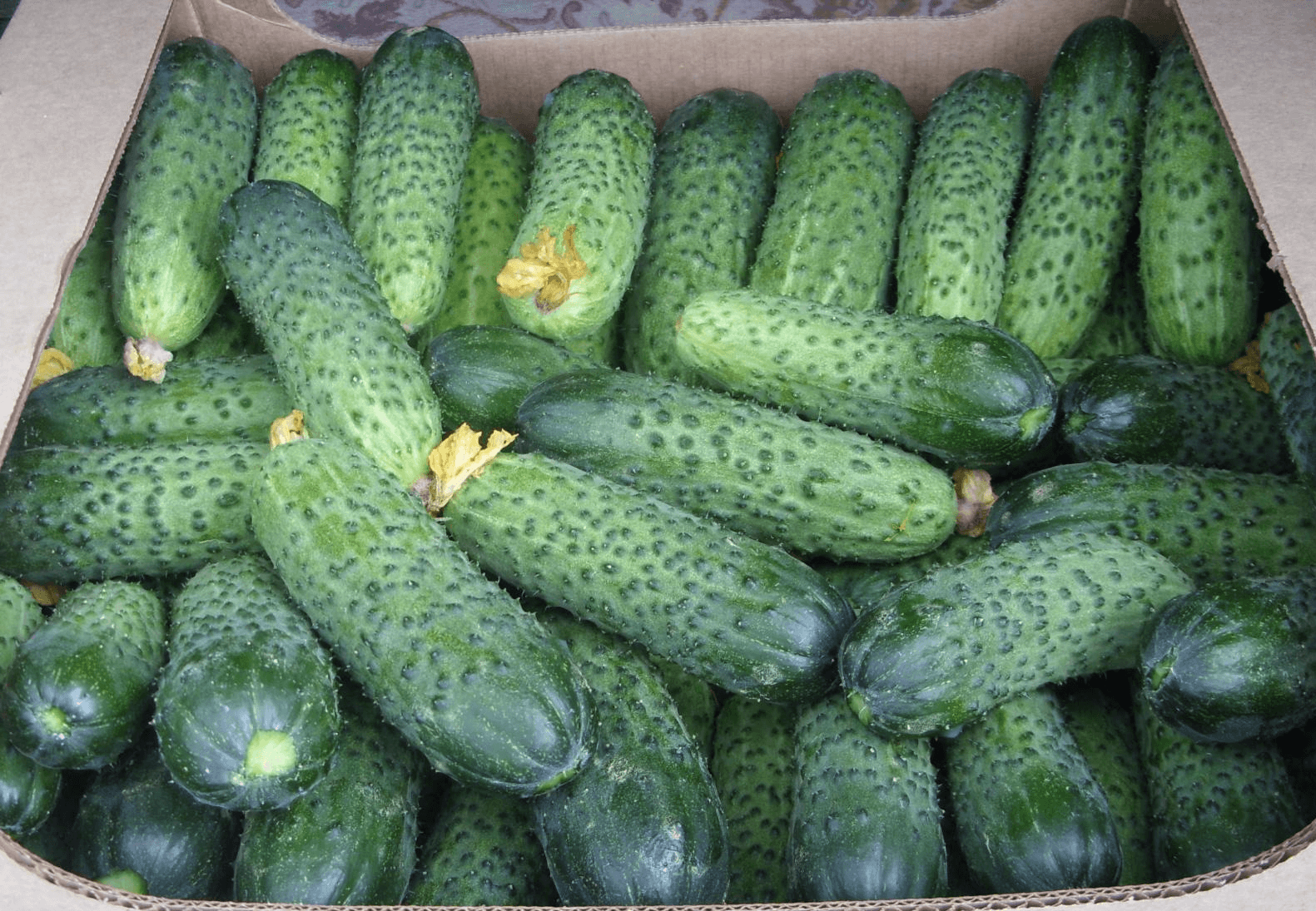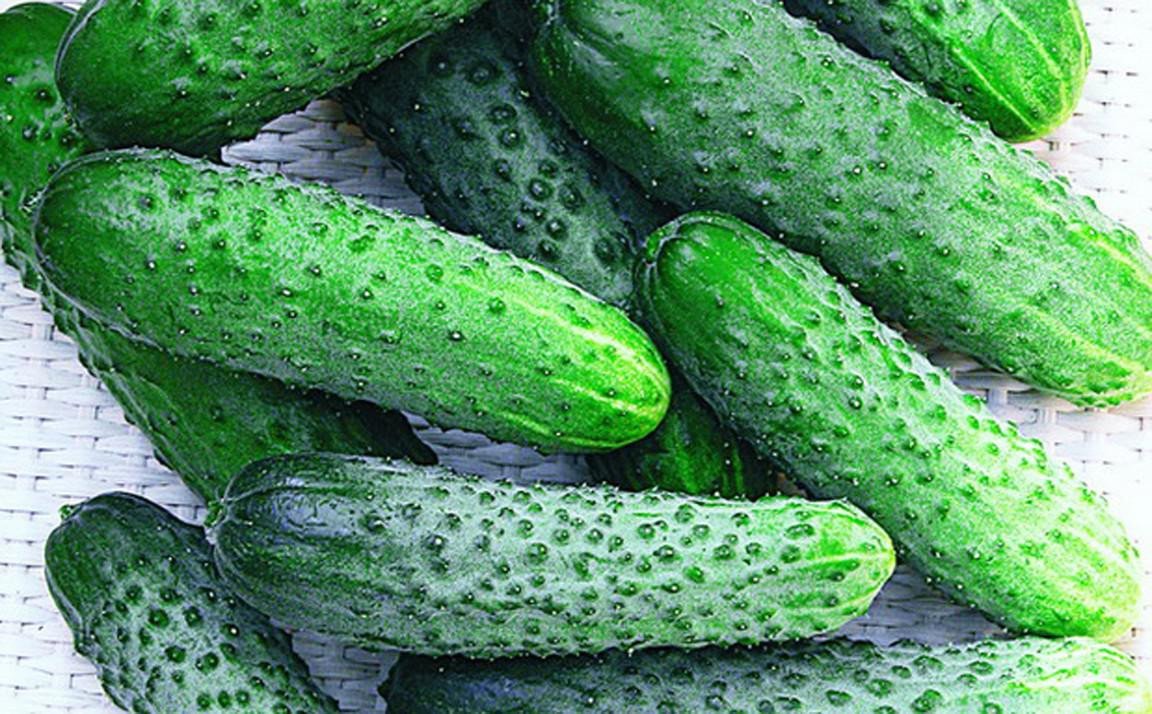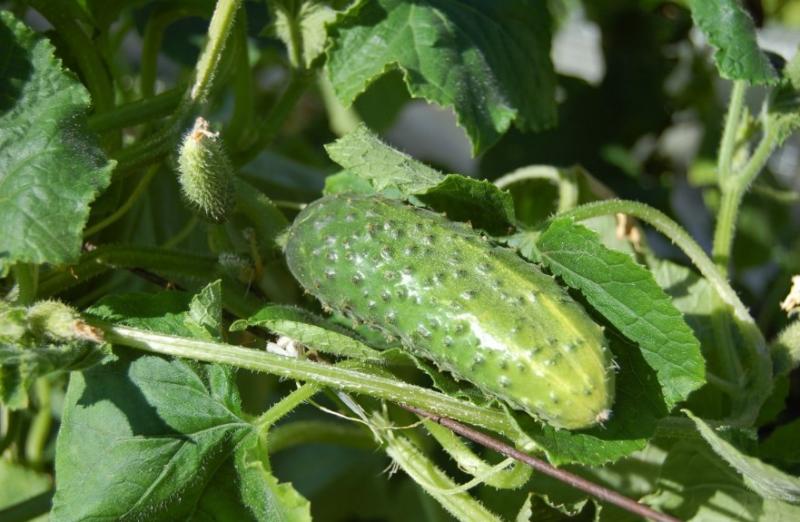Content:
Cucumber is loved by different peoples, breeders are breeding more and more new varieties. Knowing what cucumbers are, how the varieties differ, it is not difficult to choose the right one for your region and get a rich harvest. The varieties differ in several ways.
Pollination method
Common cucumbers are dioecious plants with male and female flowers. In order for the ovary to form, bees, bumblebees and other insects transfer pollen from flower to flower. Such cucumbers are bee-pollinated.
Self-pollinated cucumbers are characterized by the presence of stamens and a pistil on each flower, so pollination occurs without much hassle. They can be grown both outdoors and in a greenhouse.
Parthenocarpic cucumbers were bred specifically for greenhouses, the greenhouse icon is drawn on a bag with such seeds. If planted outdoors and bees mistakenly pollinate them, cucumbers can grow hooked or pear-shaped.
F1 stands for open field hybrid seed pouches. These seeds are obtained by crossing different varieties. The number "1" indicates that these are hybrids in the first generation and that no cucumber seed is formed in them, that is, it is impossible to get seeds from them for planting.
However, hybrids also have indisputable advantages: they are more resistant to diseases and temperature changes, and are more productive.
A prominent representative of parthenocarpic cucumbers is the famous Baku cucumber, which resembles a patron, no larger than the index finger. It has a slightly astringent taste. You can meet him in stores at any time of the year.
Method of use
Cucumbers, eaten only fresh, are called salad cucumbers, mostly such cucumbers are smooth.
Pickled cucumbers are pimply, usually small in size. Sometimes they are also called gherkins.
Universal cucumbers are the most widespread, they are used both fresh and salted, pickled, canned.
Cucumber shirts
So the gardeners called the appearance of the skin, it is worth taking a closer look at it.
"German shirt" has longitudinal stripes, frequent tubercles and spines not only on the tubercles, but also between them, from which the cucumber even seems fluffy. The size of such a cucumber is no more than 12 cm.
"Dutch shirt" is covered with frequent tubercles with spines at their ends. Dutch cucumbers are larger than German cucumbers and often have the bouquet ovaries typical of gherkins.
"Russian (Slavic, oriental) shirt" - with rather rare, randomly scattered tubercles, which are covered with black or brown spines.
Cucumbers without thorns, smooth, rather large have an "Asian shirt".
If the fruit still has rare bumps, then we are talking about a "Korean-Japanese shirt".
Separately, it should be said about white-thorn and black-thorn cucumbers. White-thorn cucumbers are salad cucumbers, it would be a mistake to salt them, since the saline solution does not penetrate through the thick skin. Black thorns have a thin skin and feel great in pickles.
Ripening period
Early-ripening cucumbers bear fruit on the 40th day after planting, mid-ripening ones bear fruit on the 45th day, on the late-ripening ones the first fruit appears only after 50 days.
Usually, the ovaries that form 9-14 days after pollination are removed, but in some cases, the cucumbers are removed earlier for pickling. Gherkins are 7-9 day old ovaries 5-7 cm in size, and very tiny pickles are 3-5 day old ovaries
White cucumbers
Work on the breeding of white cucumbers was carried out back in the mid-60s of the last century, today it has been possible to obtain many varieties. Their advantage over the usual ones is a sweeter taste and cold resistance, allowing them to bear fruit before the first frost. Otherwise, they are the same as their green counterparts.
White cucumber varieties:
- US Scientist's Salt and Pepper is a rounded white cucumber with black specks that resemble ground black pepper.
- Crystal Lemon is bred by Australian breeders. In shape resembling a white lemon, it seems to be filled with life-giving moisture.
- Dragon eggs have a round, flattened shape at the ends, snow-white flesh and a greenish jelly-like core with seeds.
- The angel is distinguished by longitudinal stripes of white and green.
Long cucumbers
Among the cucumbers there are real heroes up to 1.5 m long and weighing up to 5 kg. When growing them, one cannot do without a support in the form of a trellis, since the length of the lash reaches 4 meters. Some gardeners place them near the fence. Consider the features of these cucumbers.
Armenian cucumber
Differs in good seed germination, resistant to temperature changes. Its fruit has longitudinal grooves, slightly ribbed, covered with a light fluff and has a melon aroma, for which it received the name Silver, or Serpentine melon. Can reach 50 cm in length. It can be stored quite well and can be salted of any kind.
Chinese cucumber
The length of the fruit reaches 80 cm, in most cases it has a smooth Asian shirt, salting it is contraindicated. It should be consumed on the same day that it was picked, as the fruit dries quickly. In China, it is used in the preparation of traditional spicy vegetable salads.
He has a small seed germination, only up to 25%. It forms few side shoots, so it can be planted denser.
Trichozant serpentine
Homeland - subtropics and tropics of South and Southeast Asia, where he is very popular. Even the stems, leaves and tendrils of the plant are eaten there. Ripe yellow, orange fruits with red pulp are eaten raw, stewed and boiled.
Its fruit is a cross between a cucumber and a pumpkin, but more tender and sweet than a cucumber, reaches a length of 1 m and up to 10 cm in diameter, weight 1-5 kg.
The snow-white flowers of this Japanese cucumber, similar to snowflakes, are very beautiful.
Lagenaria
The homeland is the tropics of Africa, but it also grows in Vietnam, for which it received the name Vietnamese cucumber - a cross between zucchini, cucumber and pumpkin. Vine weaves reach 15 m and are used to make all kinds of wickerwork. Unripe fruits have a bitter spicy taste and are used for food.
From the hard peel of dried overripe fruits, they make smoking pipes, dishes, musical instruments. Depending on the shape of the fruit, lagenaria is distinguished serpentine, bottle, log-shaped. Interesting Lagenaria African Teapot with a long thin neck and roundness in the lower part, the length of the fruit reaches 1 m. Large beautiful flowers of the Lagenaria bloom after sunset. The plant does not withstand even a slight frost and dies at sub-zero temperatures.
Exotic varieties of cucumbers
Momordica Harantia
It has beautiful bright yellow flowers with a delicate aroma of jasmine, momordica is often used in landscape design to decorate gazebos. The fruits are 10-20 cm long, covered with protrusions of various sizes, like crocodile skin, and have the shape of a spindle, pointed at both ends.
The green fruit of momordica is used for food like regular cucumbers. Momordica peel is a bit bitter, but this is redeemed by its beneficial properties: it cleanses blood vessels and increases visual acuity. Ripe momordica is a yellow cucumber with a beautiful pattern and dark ruby flesh reminiscent of persimmon. The overripe fruit cracks into 3 parts and becomes like a crocodile with red-brown seeds in its "mouth". With these seeds, Momordica is propagated by seedlings. It is enough to rinse them in a solution of potassium permanganate, they should not be soaked, otherwise they can rot. They are planted with an edge.
Young shoots and leaves of momordica are also used for food, but it should be remembered that before fruiting, the stems of momordica sting like nettles.
Kiwano
Originally from Africa. Its fruit has a rounded, slightly elongated shape with rare bumps on the skin, at first it is green with beautiful stains, and as it ripens, it is orange with a green sweet and sour jelly-like pulp, which is scooped out with a spoon. There is not enough daylight for the ripening of Kiwano in the northern regions, but breeders have developed the first Green Dragon variety especially for our climate.
The pulp of the fruit is curative for cardiovascular diseases, promotes healing of wounds and bleeding, is used in cosmetics in the form of masks. Green Kiwano fruits can be pickled or pickled, and jam can be made from ripe fruits.
The hard peel of ripe Kiwano fruits allows them to be stored at room temperature until almost spring.
Anguria
Its scientific name is translated as "watermelon cucumber".
Antillean Anguria was domesticated by the Indians. Anguria Syrian, or Syrian cucumber, has smaller fruits than Antillean.
The beautiful leaves of the anguria, similar to watermelon, and the green fruits on long thick stalks with numerous soft green thorns outwardly resemble the fruits of a mad cucumber. Unripe fruits are juicy and firm, like a regular cucumber, they can be eaten fresh, salted and pickled. As it ripens, the fruits turn orange or red and tasteless.
Melotria rough
These mini-watermelons with a marbled white-green color measuring only 1.5-2.5 cm are originally from equatorial Africa. In addition to edible, melotria has a decorative value - it has beautiful smooth cucumber leaves, yellow single female or male flowers collected in inflorescences. With the help of melotria, gardening of arbors and rotundas is achieved in a short time. Melotria also has edible roots, which in taste and shape resemble an elongated radish or sweet potato; they are harvested after picking cucumbers.
The peel of the fruit of melotria is sour, for which it was nicknamed "sour gherkin".
Only one variety has been obtained for planting in the middle lane - Melotria Kolibri. For growing seedlings, seeds are not sprinkled, but covered with glass.
The same cultivation techniques are applicable to all exotic varieties of cucumbers as to the usual ones. Most often they are grown through seedlings. All of them are bee-pollinated, so they can be planted in open ground, but they grow well in greenhouses.
Squirting cucumber
It is known for its fruits that throw seeds over a distance of more than 6 meters. The peak of his popularity came in the 60s of the last century, when he grew up near the fences of many dachas and houses.Very decorative, its fragrant flowers attract bees. Its fruits are inedible, moreover, the whole plant is poisonous and, in some cases, if ingested uncontrollably, can be fatal. However, the dried herb and roots of the plant are medicinal and are used in folk medicine.
Features of growing cucumbers
Light sandy loam soils, plenty of light, no drafts are the main conditions for a good harvest.
The best predecessors of cucumbers are legumes, tomatoes, potatoes and cabbage, but in the place where pumpkin seeds grew last year, it is better not to plant cucumbers.
It is good to plant a bed north of cucumbers with tall crops, such as corn - it will protect them from the winds.
It is necessary to water the cucumbers as needed with warm, settled water, and before the beginning of fruiting they are watered in the morning hours, and then - in the evening, after sunset.
It is better to pick cucumbers in the morning, when they are firm and not softened in the sun.
The fact that cucumbers are loved in any part of the world is evidenced by the International Day of the Cucumber, celebrated annually on July 27.
